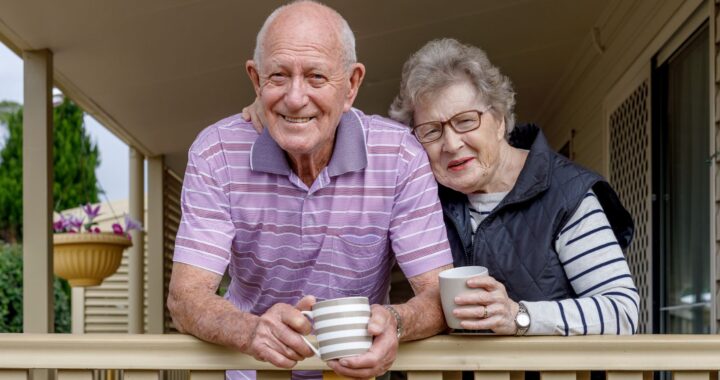
How Psychiatry Offices Are Adapting to the Boom in Telehealth Without Losing the Human Touch
The past few years have rewritten the way psychiatry offices connect with patients. What started as an emergency shift to video calls during the pandemic has now settled into something more permanent. Telehealth is here to stay, but for psychiatrists, the work is about more than keeping a virtual calendar full. It’s about preserving the sense of presence, trust, and nuance that has always defined the patient-clinician relationship. Across the country, offices are finding creative ways to bridge the distance without letting care feel like it’s been flattened to a screen.
Reworking the Patient Experience From the Ground Up
For many practices, the first challenge wasn’t the technology itself — it was reimagining the experience. Sitting in a waiting room used to offer a few quiet minutes to decompress before a session. Now, offices are helping patients create that same intentional pause at home, encouraging them to step away from other screens, choose a private space, and arrive ready to talk. Some psychiatrists are sending pre-session prompts or audio mindfulness guides to set the tone. Others are offering short “connection checks” a day or two before the appointment, not to talk about clinical details but to make sure the patient feels anchored going in.
The business side of this shift has also been evolving. Practices that never had to think about interstate licensure, digital privacy compliance, or even the nuances of billing for behavioral health services are now building entire workflows to handle them. It’s a behind-the-scenes effort that makes the patient-facing part feel effortless, but it’s also where the real adaptation has happened.
Balancing Screen Time With Real-Time Connection
Psychiatrists talk often about the subtle cues — a fidget, a change in breathing, a shift in tone — that help guide conversations. Those details don’t always land the same way over video. To counter that, some offices have upgraded to high-definition cameras and better lighting, while others schedule slightly longer sessions to leave room for moments that naturally occur when people share a physical space.
Clinicians are also getting creative with the environment on their end. Some have swapped out the blank white wall for a warmer, more personal backdrop that feels less like a conference call. The goal isn’t to mimic a living room, but to help patients feel they’re talking to a real person, not just an image on a laptop. In some cases, hybrid models are emerging, where initial evaluations happen in person and follow-ups are remote, striking a balance that supports both convenience and connection.
Pulling the Whole Care Team Into the Loop
In a traditional office visit, a psychiatrist might easily touch base with other professionals involved in a patient’s care. That casual exchange is harder to replicate virtually, so offices are making it intentional. Secure messaging platforms and shared scheduling systems mean that conversations with therapists, primary care doctors, and even family medicine providers don’t have to wait for a quarterly review. Some practices are holding monthly virtual “roundtables” where different specialists can quickly align on care plans.
This teamwork matters for patients who may be seeing multiple clinicians across various settings. Instead of feeling like their care is segmented, they benefit from a more unified approach — even if the people guiding that care are working from different parts of the country.
Supporting Clinicians as Much as Patients
Adapting to telehealth hasn’t been a one-way adjustment. Psychiatrists themselves have had to navigate new demands: more screen hours, fewer physical breaks, and the challenge of drawing boundaries when home and office are essentially the same place. Some practices are encouraging shorter workweeks or built-in “camera-off” time for administrative tasks to help clinicians recharge.
Peer support has also taken on new meaning. In-person case consultations used to happen naturally over coffee or in a hallway; now they’re scheduled as dedicated virtual meetups. While it takes extra effort, many psychiatrists say these moments are vital for professional growth and mental well-being. They also strengthen the sense of community in what can otherwise feel like an isolating profession.
Where Innovation Meets Intention
The move toward telehealth has allowed psychiatry offices to reach people who might never have walked through the door — rural residents, those with mobility issues, or simply anyone with a packed schedule. But accessibility alone doesn’t guarantee meaningful care. That’s why the most successful adaptations haven’t been about throwing more technology at the problem; they’ve been about using the tools thoughtfully. From carefully designing session flow to reshaping how teams collaborate, the through line is the same: technology serves the relationship, not the other way around.
Staying Human in a Digital Space
For psychiatry offices, the rise of telehealth has been less about replacing the old way of doing things and more about reshaping it with intention. When clinicians lead with connection, patients feel it — even if there are hundreds of miles and a fiber optic cable in between. The human touch isn’t about proximity; it’s about presence. And that can travel just fine over a screen.






